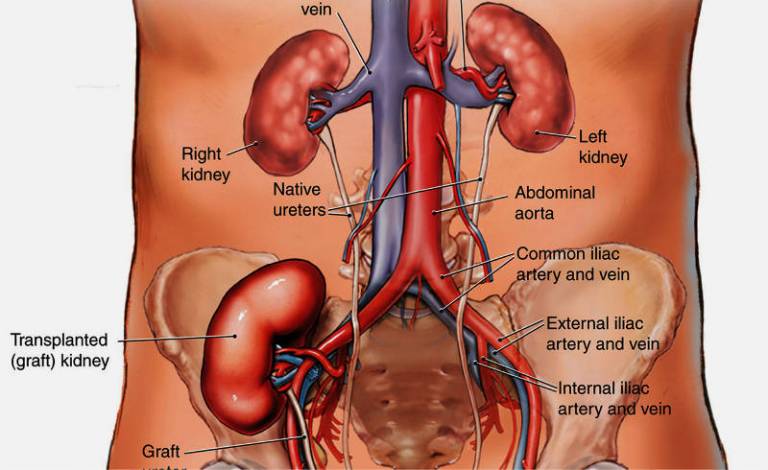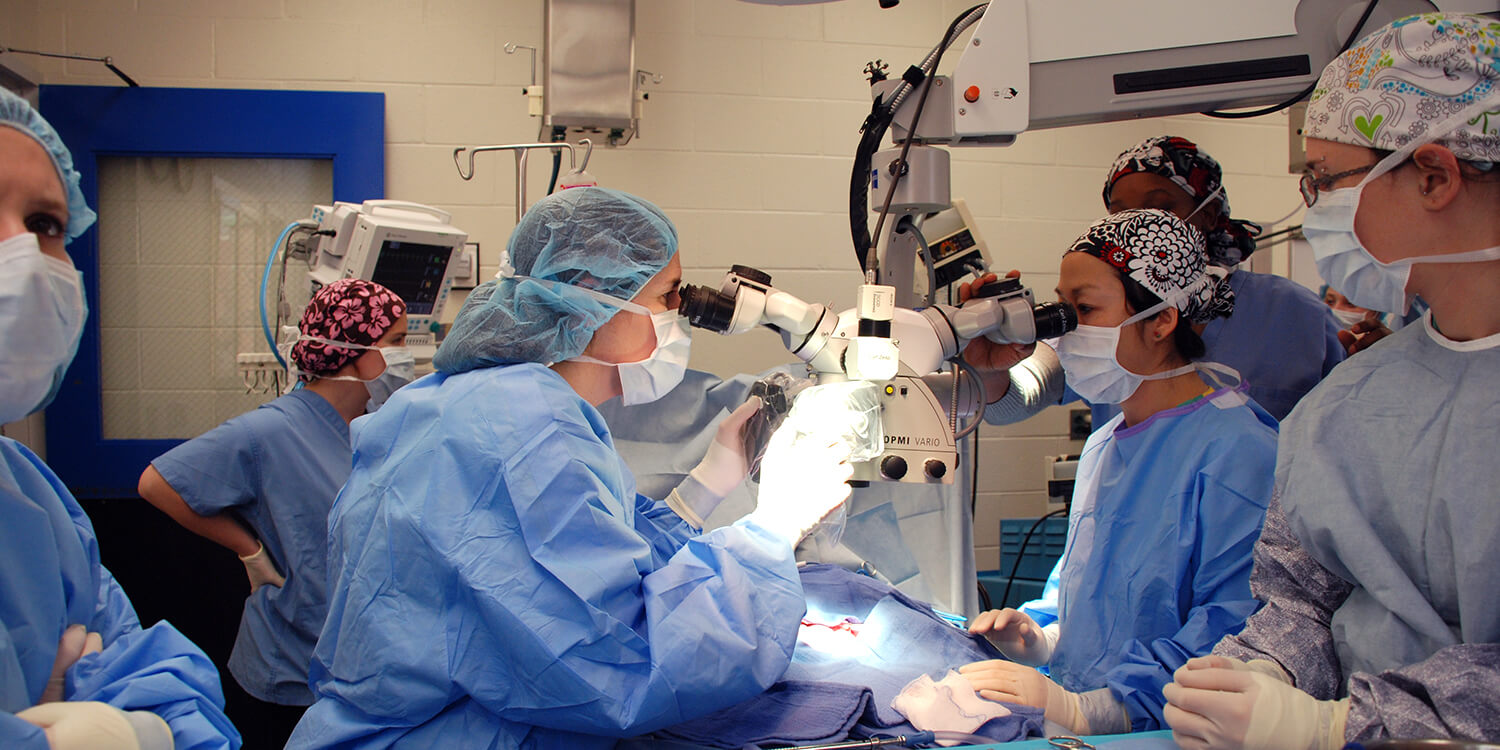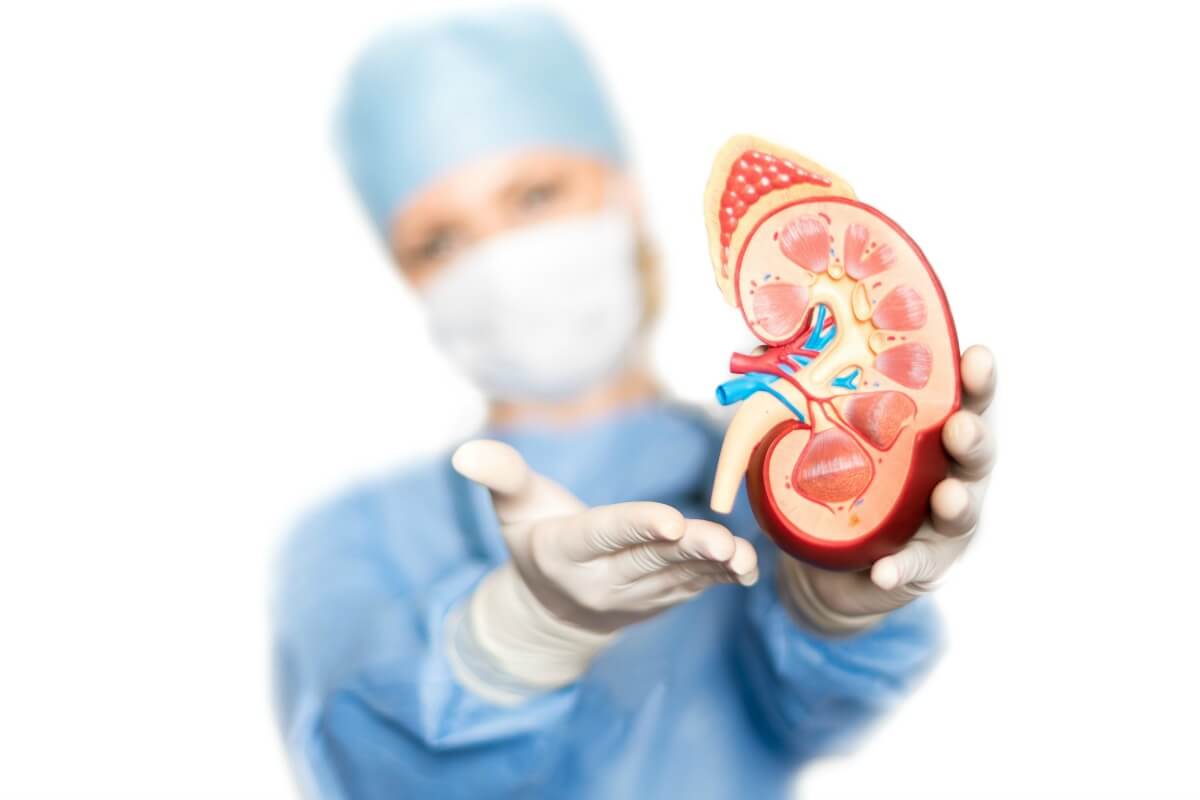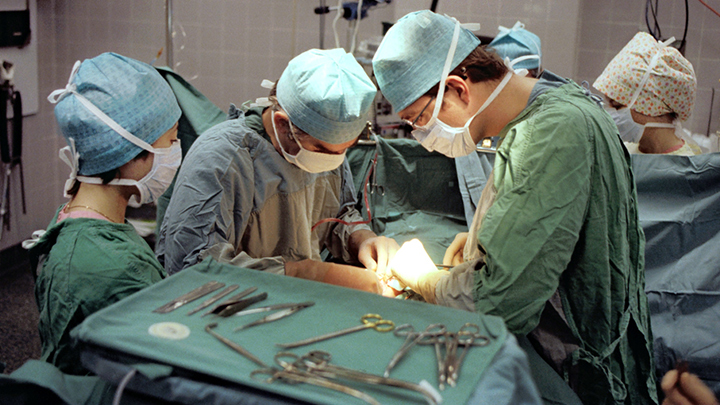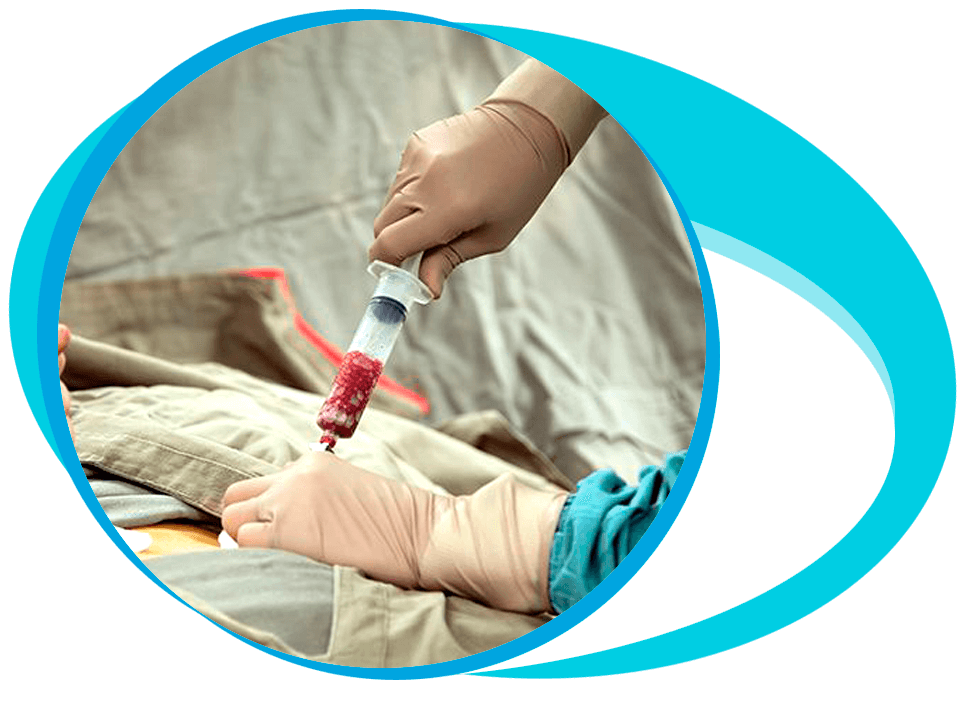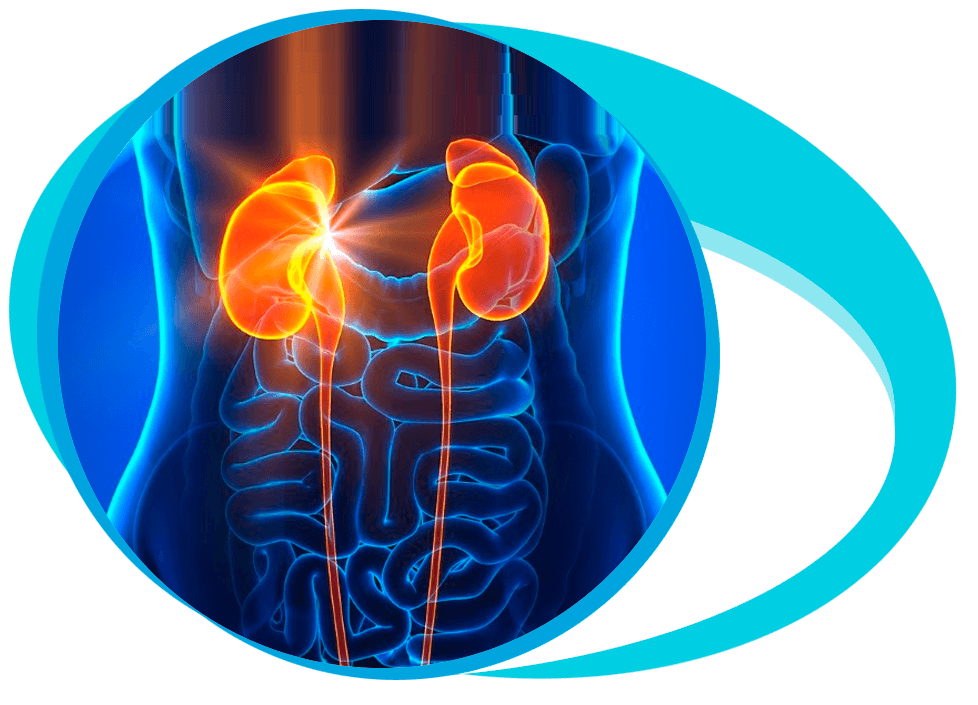Kidney Transplant in Iran Details
What is a Liver Transplant?
In kidney transplantation, a kidney from a donor is implanted in the body of a patient who has irreversible kidney failure or end-stage renal disease.
The patient’s kidneys are in such a poor condition that they can no longer keep him/her alive.
At such a stage, medicines do not work, and the patient is left with only two alternatives: kidney transplant or dialysis.
Dialysis refers to the process of artificially filtering the blood.
It keeps the patient alive but restricts his routine significantly because of the dialysis schedule, fragile health, or both.
There are two types of kidney donors: living and non-living (or cadaver donor).
Living donors choose to donate one of their kidneys.
Non-living donors are those who have allowed organs to be taken from their bodies when they die.
Both types can be successful transplants.
For the kidney transplantation to happen, the donor and the recipient must have similar chemical characteristics called antigens.
Else, the recipient’s immune system will reject the new kidney.
In the United States, every patient who needs a kidney transplant is registered with the United Network of Organ Sharing (UNOS).
As matching donor organs with recipients is critical, transplant waiting times in the U.S.
may vary from a few months to several years. Similarly, the U.K.
and Canada, too, have long waiting lines. Medical tourism destinations like India and Mexico offer superior quality and quicker kidney transplants, at lower costs.
Renal transplantation is now considered a very safe procedure.
A 2002 study indicates that the current survival rates for grafts from cadavers are around 88% and 60% at one and ten years after transplantation, respectively, while comparable rates for grafts from living donors are more than 95% and 70%.
Rejection rates have fallen over the years, and rejection is now an uncommon cause of early loss of the graft.
Renal Transplantation Procedure
The new kidney is placed on the lower right or left side of the abdomen where it is connected to adjacent blood vessels.
This positioning of the new kidney helps to connect it to the blood vessels and the bladder easily.
The new kidney’s ureter is attached to the bladder to allow urine to pass out of the body.
The diseased kidneys are not removed, except in these cases:
- Repeated infection that could affect the transplanted kidney
- Uncontrollable hypertension brought on by the original kidneys
- Backflow of urine into the kidneys
Laparoscopic Kidney Removal
This is a relatively newer method, though technologically highly advanced.
In this minimally invasive method, four or more small incisions are made in the abdominal wall.
Instruments are inserted through these punctures to see, dissect, clip, and staple.
Once the kidney is freed from its attachments, it is extracted from the abdomen through a 3-inch supra-pubic or peri-umbilical incision and cooled.
It is then prepared for immediate implantation into the recipient.
As with all minimally invasive procedures, laparoscopic kidney removal causes less pain, cuts down hospital stay from five days to just a day or two, and hence there is a faster return to normal activity for the donor.
Who is a Candidate for a Kidney Transplant?
Anyone with end-stage renal disease is considered a candidate for a kidney transplant.
However, certain other criteria, too, must be met.
Like, no active infections; cancer; or severe circulatory problems involving the heart, brain, or major blood vessels.
You must also be willing to take medication for the rest of your life to prevent your body from rejecting the new kidney.
How to Prepare for Kidney Transplantation?
Eat healthily, take the prescribed medications, and follow a daily exercise program.
Your doctor will advise you on what kind of exercises you can do.
Carry on with your regular activities, like work, till your surgery, but do not exert yourself too much.
You don’t have to put everything on hold.
If you smoke or have problems with substance abuse, you will have to go through a treatment program before the kidney transplantation.
Precautions to be Taken after Kidney Transplantation
After you get your new kidney, you should be extra careful to maintain a healthy lifestyle, so that the new kidney can function properly and give you many years of use.
A healthy, transplanted kidney can last from 8 to 25 years.
- You and your family must keep in touch with your nephrologist.
- Before you leave the hospital, you will be instructed on proper doses of and schedule for anti-rejection medications.
These instructions must be strictly followed. Otherwise, the medication can harm your transplanted kidney. - You will be shown how to check your blood pressure, temperature, and urine at home.
After each reading, you must jot them down.
If you see any abnormalities, report it to your doctor immediately.
The earlier you detect rejection; the better are the chances of reversing it. - Immunosuppressants, prescribed by your doctor, need to be taken as long as you have your new kidney.
- Any pre-existing health conditions, like diabetes or high blood pressure, must be kept in control.
- Do not miss the follow-up appointments with your doctor to evaluate any signs of rejection.
- You will have regular blood and urine tests to check for any signs of kidney failure.
An ultrasound of the graft kidney is done to see if there are structural abnormalities suggesting rejection. - Women who wish to conceive must wait for about two years after the operation.
Benefits of Renal Transplantation
A kidney transplant is like a new lease of life to patients with irreversible kidney failure.
It eliminates the need for dialysis and helps patients live a regular, active life.
- Risks or Complications of Kidney Transplant
- Rejection
- Infection
- Cancer
- Relapse (rare, but possible)
- High blood cholesterol
- Liver disease
- The weakening of the bones
- Increased risk of kidney rejection and fetal complications during pregnancy
Alternatives to Kidney Transplantation
For patients with end-stage renal disease, there are no other alternatives to kidney transplantation apart from dialysis, which restricts the patient’s life to a huge degree.
Kidney Transplantation in Iran
A kidney transplant is a costly affair in the US, with base prices beginning from $100,000.
As a result, it is out of reach of many people, especially those who are not insured.
This is the reason why increasing numbers of people are going abroad, to countries like Iran for renal transplant.
Not only are the rates much lower than that in the U.S., but Iran also provides superior medical treatment in the form of kidney transplant experts and personalized services.
Renal transplantation undoubtedly changes your life for the better.
However, it does have a few risks (though rare) and requires your commitment to a healthy lifestyle.
Successful kidney transplant hospitals should have an excellent nephrologist, cardiothoracic surgeon, and urologist.


